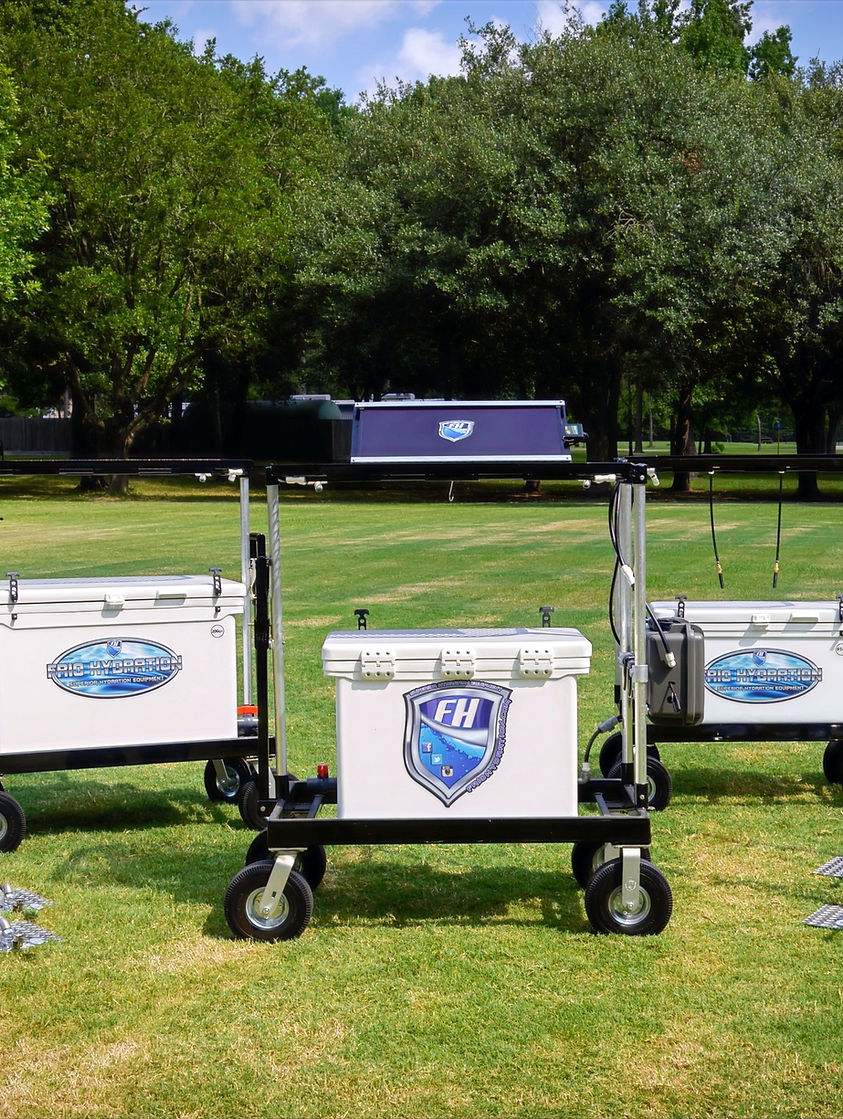Podcast: Play in new window | Download
Explore a complex case of Thoracic Outlet Syndrome, double crush, & triple crush injuries. Learn about diagnosis, treatment, & patient support.

Q: Overview of Neck, Nerve, or Both?
A: My wife experienced numbness in her upper extremities. As an athletic trainer (AT), I initially suspected Thoracic Outlet Syndrome (TOS). She eventually sought medical attention and was diagnosed with TOS. Conservative treatment, including medication and a home exercise program, was recommended. However, therapy seemed to worsen her symptoms. An MRI of the vascular system came back normal, except for a benign thyroid mass. A cervical MRI revealed stenosis in C5, C6, and C7, which, when combined with her other symptoms, provided clarity.
I consulted a spine surgeon, who advised exhausting conservative options before considering surgery for insurance coverage. My wife, who has a fear of anesthesia, opted for pain management and received injections. An EMG to rule out carpal tunnel syndrome indicated 70% carpal tunnel involvement. An upper extremity specialist diagnosed a double crush injury, meaning nerve compression at two sites. She underwent left-side carpal and cubital tunnel release, followed by a two-level cervical fusion. Post-surgery, she regained sensation in her pinkies. The right side was subsequently treated.
She experienced relief for about a year before numbness recurred. Another round of CT, MRI, and EMG scans returned normal. Pain management suggested a shoulder issue, leading to an MRI of the shoulder. While the report mentioned a slight rotator cuff tear, a physician who reviewed the scans deemed her shoulder pristine. This doctor's examination of her neck, however, exacerbated her symptoms, leading to a diagnosis of lower brachial plexus TOS.
Despite my initial concern about the previous treatments, the doctor affirmed that the cervical fusion was necessary. A C8 nerve block did not provide relief but offered further diagnostic information. We were then referred to a specialist in Dallas, where a diagnostic nerve block in the scalenes provided immediate relief. Months later, Botox injections were administered for extended relief. The doctor's words, “How does it feel to not be crazy?” significantly validated her experience.
She then underwent a first rib removal on the left side, which resulted in an 11-day hospital stay with complications including two chest tubes, a needle aspiration, and 100cc of fluid in the pleural cavity. Upon returning home, she began physical therapy but developed shortness of breath with deep breaths due to a costochondral fracture, likely from the chest tube or aspiration. She is currently awaiting a consultation for ultrasound injections to address this. The journey continues.
Q: What inspired you to share this story?
A: The primary motivation was to share the complex journey and its takeaways. This case involved a “triple crush” — compression at the first rib, cubital tunnel, and carpal tunnel. A key takeaway is the importance of acknowledging when you “don't know, but know the next step.” In healthcare, we often focus on obvious issues, but a broader perspective is often needed before returning to specific concerns. It's also crucial to acknowledge the psychological toll on patients without answers, highlighting the profound impact of chronic pain.
Q: You mentioned how emotionally draining the journey was. What advice do you have for clinicians to support patients?
A: Remind patients that recovery is an “ultramarathon, not a sprint.” Reinforce this message, as other healthcare professionals will likely echo it. Sometimes, when my wife is in pain, she doesn't want to discuss it, and that's acceptable as long as I am there to support her. The doctor's validation, “How's it feel to not be crazy?” significantly improved her emotional well-being. Supporting patients in seeking further opinions is also vital.
Q: Overlapping issue on a personal level, how did you navigate the multiple diagnoses?
A: My ability to navigate this well stems from my access to top medical professionals through my profession. My connections as an athletic trainer allowed me to consult doctors and seek referrals. While they may not know specific TOS treatments, they can guide us to the appropriate specialists.
Q: Any difficulties separating the Athletic Trainer (AT) role from the husband role?
A: There were no difficulties in separating the AT from the husband role. My wife knew me as both from the beginning of our relationship, so there was no separation or conflict.
Sponsor List
Frio Hydration – Superior Hydration products.
Xothrm – Best heating pad available – Use “SMB” or email info@xothrm.com and mention the Sports Medicine Broadcast.
Donate and get some swag (like Patreon but for the school)
HOIST – No matter your reason for dehydration, DRINK HOIST
MedBridge Education – Use “TheSMB” to save some money, be entered in a drawing for a second year free, and support the podcast.
Marc Pro – Use “THESMB” to recover better.
Athletic Dry Needling – Save up to $100 when registering through our link.













